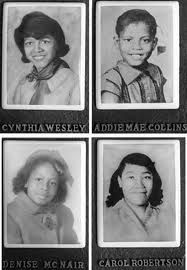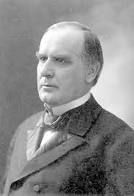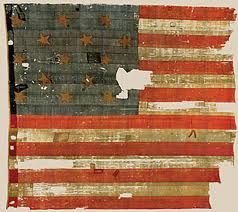This is your morning Open Thread. Pour your favorite beverage and review the past and comment on the future.
September 19 is the 262nd day of the year (263rd in leap years) in the Gregorian calendar. There are 103 days remaining until the end of the year.

On this day in 1796, President George Washington’s Farewell Address to the Nation is published.
George Washington’s Farewell Address was written to “The People of the United States” near the end of his second term as President of the United States and before his retirement to Mount Vernon.
Originally published in David Claypoole’s American Daily Advertiser on September 19, 1796 under the title “The Address of General Washington To The People of The United States on his declining of the Presidency of the
United States,” the letter was almost immediately reprinted in newspapers across the country and later in a pamphlet form. The work was later named a “Farewell Address,” as it was Washington’s valedictory after 45 years of service to the new republic, first during the Revolution of the Continental Army and later as the nation’s first president.The letter was originally prepared in 1792 with the help of James Madison, as Washington prepared to retire following a single term in office. However, he set aside the letter and ran for a second term after his Secretary of the Treasury, Alexander Hamilton, and his Secretary of State, Thomas Jefferson, convinced him that the growing divisions between the newly formed Federalist and Democratic-Republican parties, along with the current state of foreign affairs, would tear the country apart in the absence of his leadership.
Four years later, as his second term came to a close, Washington revisited the letter and with the help of Alexander Hamilton prepared a revision of the original draft to announce his intention to decline a third term in office; to reflect the emerging issues of the American political landscape in 1796; and to parting advice to his fellow Americans, express his support for the government eight years following the adoption of the Constitution; and to defend his administration’s record.
The letter was written by Washington after years of exhaustion due to his advanced age, years of service to his country, the duties of the presidency, and increased attacks by his political opponents. It was published almost two months before the Electoral College cast their votes in the 1796 presidential election.







 On this day in
On this day in 

Recent Comments